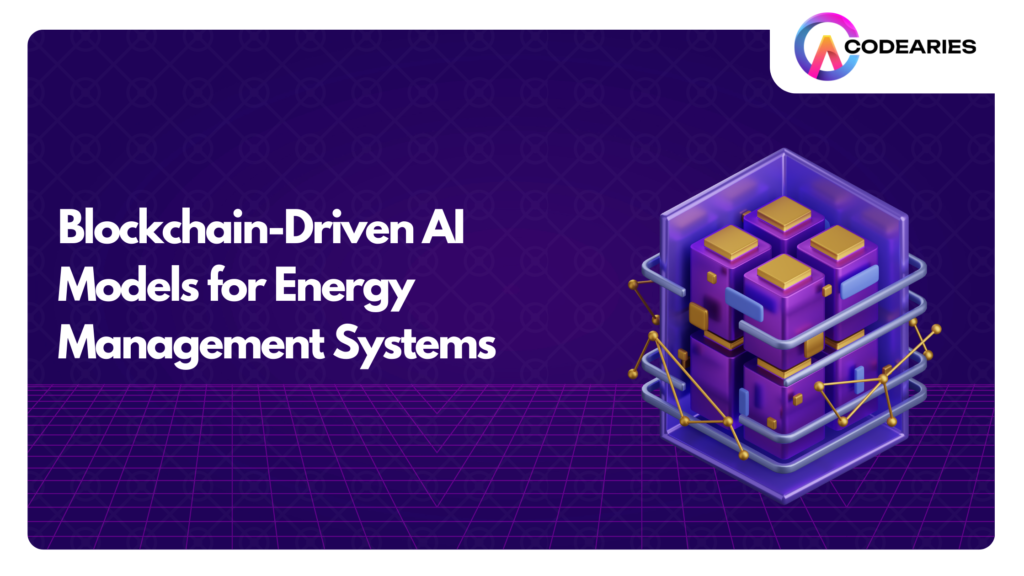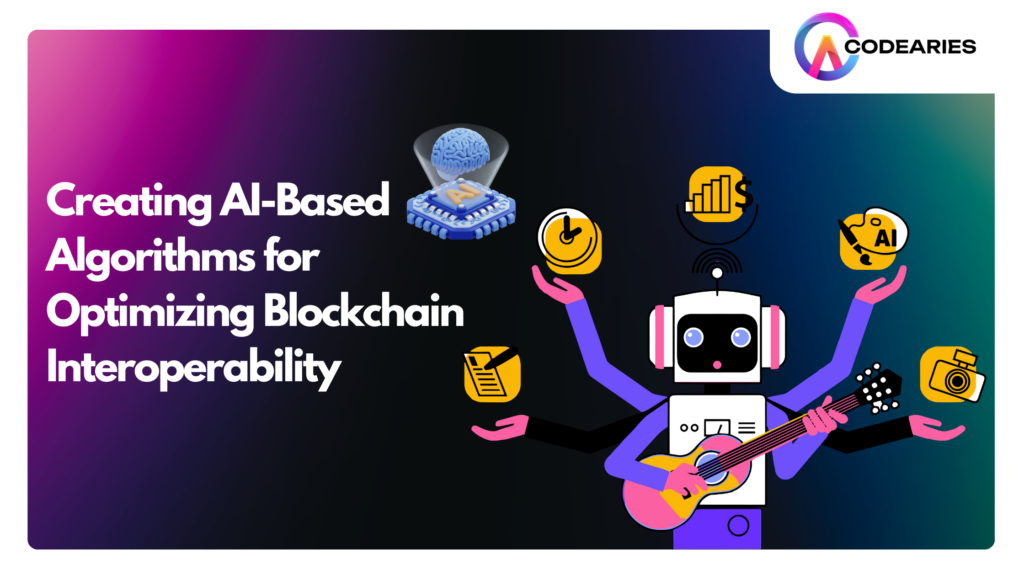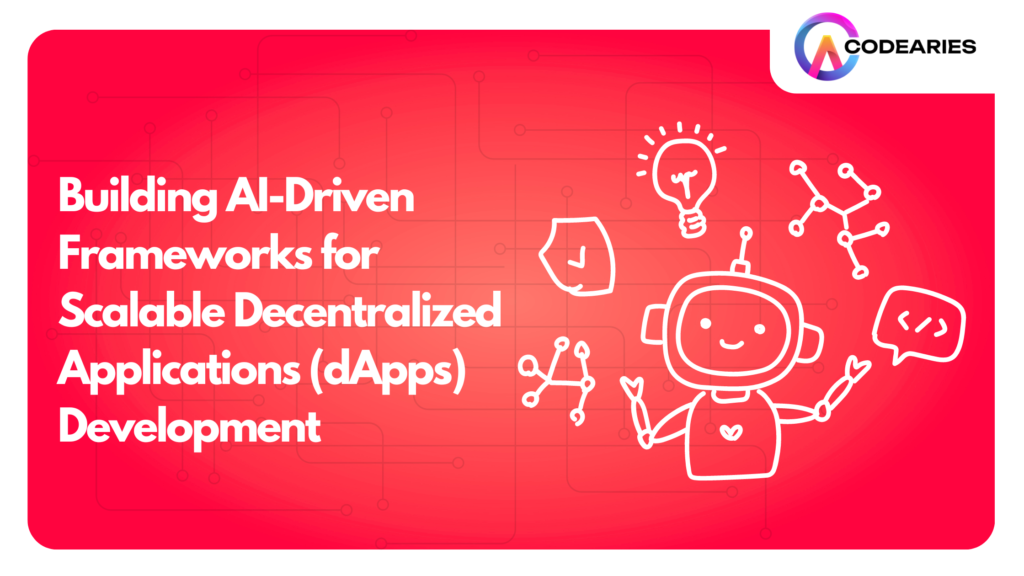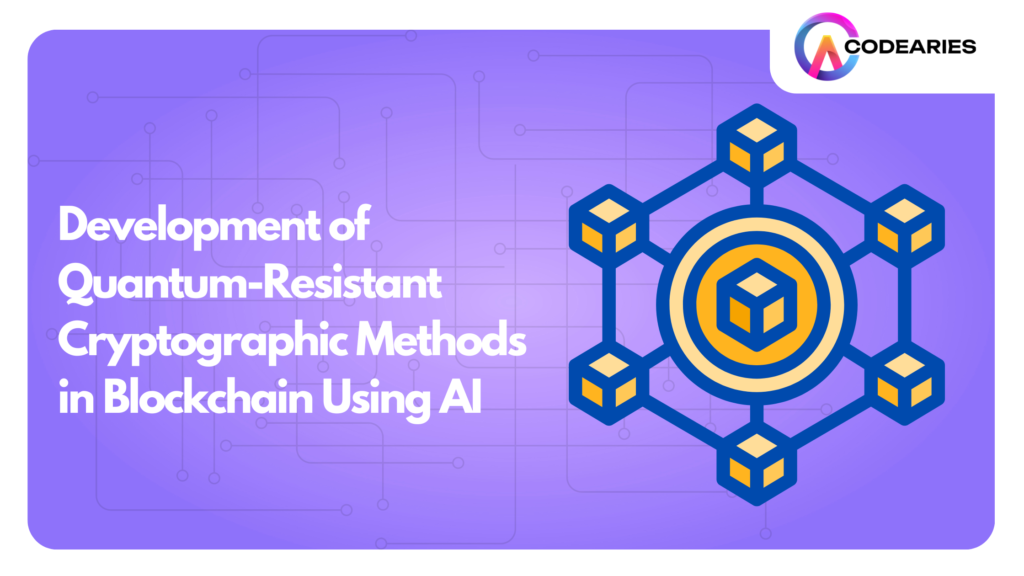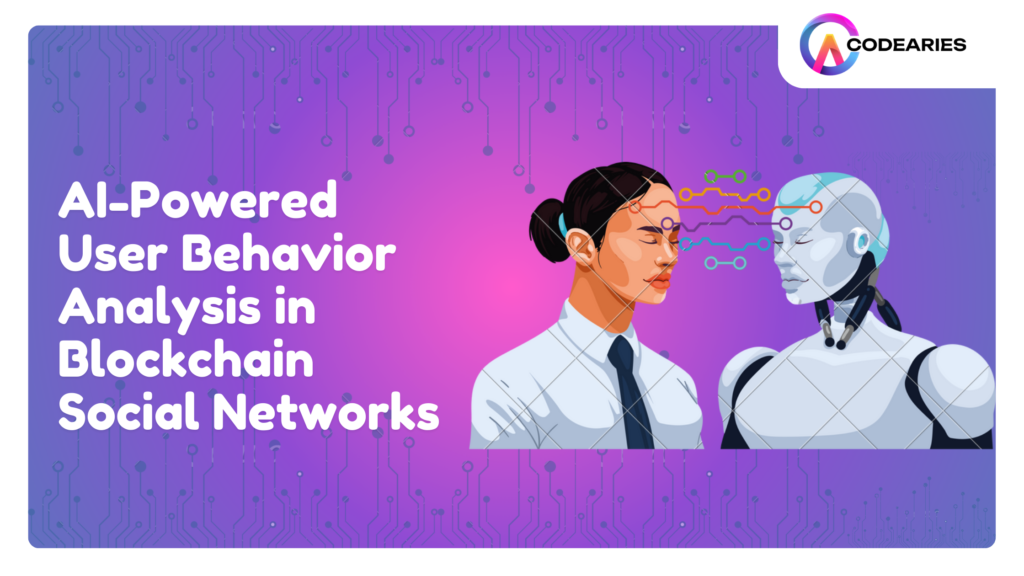Blockchain-Driven AI Models for Energy Management Systems
Global energy challenges are prompting a shift towards innovative technologies like Blockchain and Artificial Intelligence (AI) in managing, distributing, and consuming energy. Energy Management Systems (EMS) are pivotal in optimizing energy use, and integrating AI with blockchain technology enhances efficiency, security, and resilience. This article delves into how blockchain-driven AI models revolutionize EMS, address current industry pain points, and outline future opportunities. Understanding Energy Management Systems (EMS) Energy Management Systems (EMS) are advanced platforms that monitor, control, and optimize energy use across various environments, ranging from residential to large-scale industrial operations. By employing cutting-edge analytics and automation, EMS helps businesses and individuals lower energy costs, boost efficiency and reduce their environmental footprint. The global energy management systems (EMS) market size garnered USD 40.77 billion in 2022 and is expected to witness a compound annual growth rate (CAGR) of 13.3% from 2023 to 2030. SOURCE Applications of EMS Residential Homes: EMS integrates smart home technologies like thermostats, lighting controls, and monitors to optimize household energy consumption. Commercial Buildings: From office spaces to departmental stores, EMS helps manage energy use, reduce costs, and enhance occupant comfort by automating lighting, heating, and cooling systems. Industrial Facilities: EMS benefits manufacturing plants, data centres, and other industrial settings by optimizing energy efficiency and reducing operational expenses. Utilities: Utilities use EMS to balance demand, improve grid reliability, and enable the integration of renewable energy sources, supporting a more resilient energy ecosystem. Challenges in Current EMS Systems Data Quality and Reliability: Ensuring accurate sensor data is crucial, but issues like calibration errors and cybersecurity threats pose challenges. Complexity and Integration: Integrating multiple devices and systems can complicate implementation and maintenance. Cost and ROI: High initial costs can make it hard for organizations to justify investments and demonstrate ROI. Scalability: EMS must be scalable to handle growing data volumes and evolving needs. Cybersecurity Risks: Increased connectivity exposes EMS to cybersecurity threats, making data protection critical. User Adoption: Effective EMS use requires user engagement, intuitive interfaces, and proper training to maximize benefits. The Role of AI in Energy Management Systems (EMS) Artificial Intelligence (AI) is revolutionizing Energy Management Systems (EMS) by enhancing efficiency, reliability, and sustainability. By leveraging AI, EMS can provide data-driven insights that optimize energy consumption, integrate renewables, and improve overall system performance. Key Roles of AI in EMS Predictive Analytics: AI uses historical data to forecast energy demand, spot patterns, and predict equipment failures, enabling proactive maintenance and optimization. Optimal Energy Distribution: AI allocates energy based on real-time demand and system constraints, ensuring efficient resource use and minimizing losses. Demand Response Management: AI analyzes consumer behavior to adjust load and implement time-based pricing, reducing peak loads and stabilizing the grid. Fault Detection and Diagnosis: AI quickly detects anomalies and equipment malfunctions, enabling timely maintenance and reducing costly downtime. Energy Efficiency Optimization: AI identifies inefficiencies in energy use and recommends adjustments, such as optimizing HVAC settings and managing lighting schedules. Integration with Renewable Energy: AI helps incorporate renewable sources by predicting their output and optimizing their utilization, enhancing grid stability. Virtual Power Plants: AI aggregates distributed energy resources, such as solar panels and batteries, creating virtual power plants for better grid management and flexibility. Integrating Blockchain with AI for Energy Management Systems (EMS) Integrating Blockchain and Artificial Intelligence (AI) offers a transformative approach to Energy Management Systems (EMS). By combining Blockchain’s secure, transparent, and decentralized features with AI’s predictive and optimization capabilities, this synergy can address significant challenges in the energy sector and enhance EMS performance. Critical Benefits of Blockchain-AI Integration in EMS Enhanced Data Security and Integrity: Blockchain provides a secure, tamper-resistant ledger for recording energy transactions, consumption metrics, and system performance. This ensures data accuracy, integrity, and protection against fraud or unauthorized changes. Improved Transparency and Trust: Blockchain’s transparent nature allows stakeholders—including energy producers, consumers, and grid operators—to access verifiable records of energy transactions, fostering trust and accountability. Optimized Energy Trading: Blockchain enables peer-to-peer (P2P) energy trading, allowing consumers to buy and sell excess energy directly. This decentralizes energy markets, reduces reliance on traditional grids, and improves market efficiency. Seamless Renewable Energy Integration: By securely tracking the generation, consumption, and trading of renewable energy, Blockchain promotes the adoption of clean energy sources and supports carbon reduction goals. Improved Grid Stability: Real-time data from Blockchain can help balance energy supply and demand, enhancing grid stability and reducing the risk of outages or blackouts. Boosted Energy Efficiency: AI analyzes data stored on Blockchain to identify consumption trends and inefficiencies, recommending optimization measures that reduce waste and lower operational costs. Potential Use Cases Renewable Energy Certificates (RECs): Blockchain securely tracks and trades RECs, ensuring the authenticity of renewable energy claims and promoting sustainability. Energy Trading Platforms: Blockchain enables P2P energy trading, allowing consumers to directly trade surplus energy, enhancing market flexibility and efficiency. Demand Response Management: Blockchain automates demand response programs, incentivizing consumers to adjust energy usage during peak times to stabilize the grid. Microgrid Management: Blockchain manages localized microgrids, allowing them to operate independently from the main grid, boosting resilience and energy independence. Energy Audits and Certifications: Blockchain provides verifiable, tamper-proof records for energy audits and certifications, ensuring accurate tracking of energy efficiency Decentralized Energy Trading Platforms (DETPs) Decentralized Energy Trading Platforms (DETPs) are revolutionizing the energy sector by offering a more efficient, transparent, and sustainable way to trade energy. Utilizing blockchain technology, these platforms enable peer-to-peer (P2P) energy exchanges, empowering consumers and reducing dependency on traditional centralized grids. Key Features of DETPs Peer-to-Peer Energy Trading: DETPs facilitate direct transactions between consumers, allowing them to buy and sell energy without intermediaries like utility companies. This approach reduces transaction costs and fosters a more dynamic and competitive energy market. Blockchain Technology: Using Blockchain, DETPs ensure that all energy transactions are recorded on a secure, transparent, and immutable ledger. This technology enhances trust and reliability, as every transaction is verifiable and protected against tampering. Smart Contracts: Automated smart contracts streamline energy trading processes by executing transactions based on predefined conditions. This reduces administrative overhead and transaction fees, making the trading

